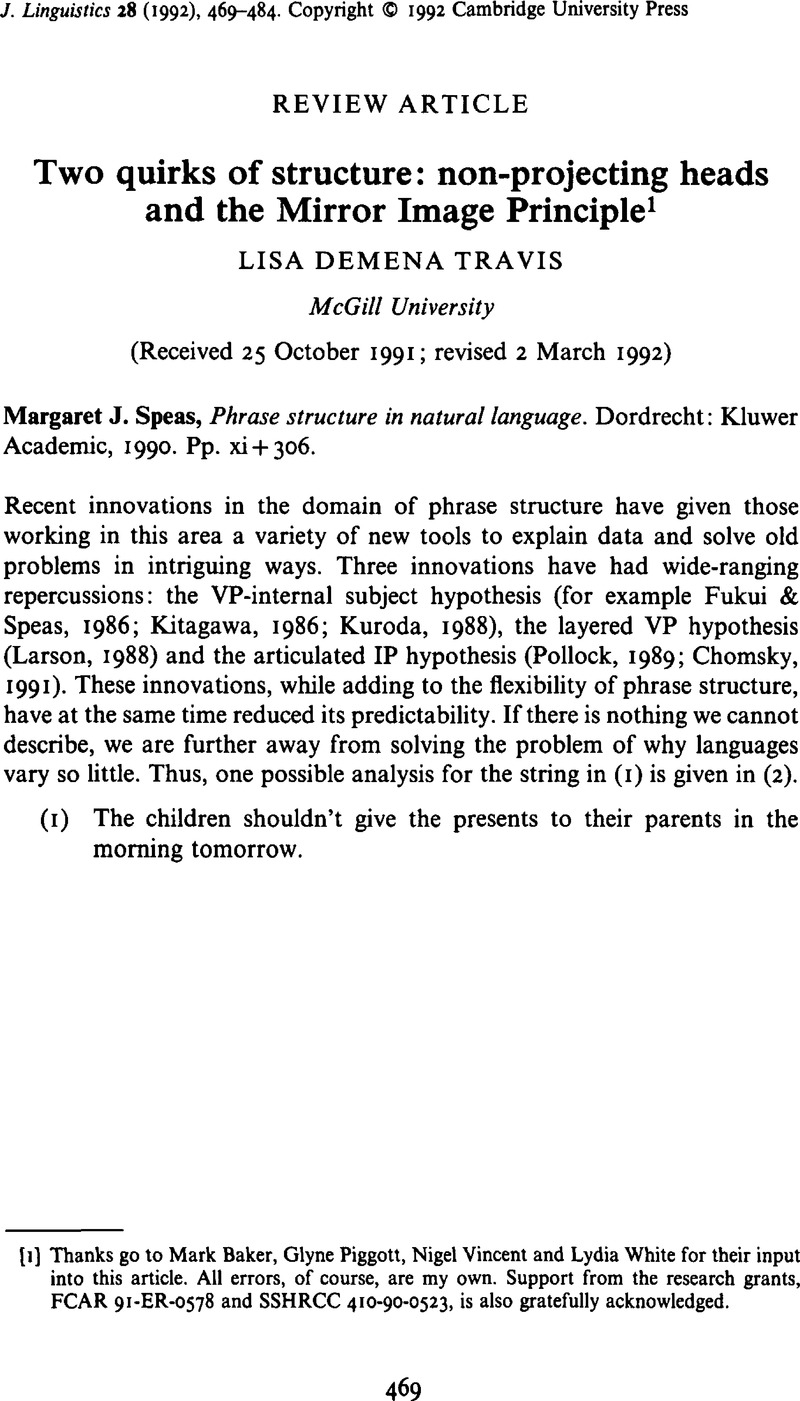Crossref Citations
This article has been cited by the following publications. This list is generated based on data provided by Crossref.
Goad, Heather
and
Travis, Lisa deMena
2021.
Phonological evidence for morpho-syntactic structure in Athapaskan.
The Linguistic Review,
Vol. 38,
Issue. 3,
p.
349.



